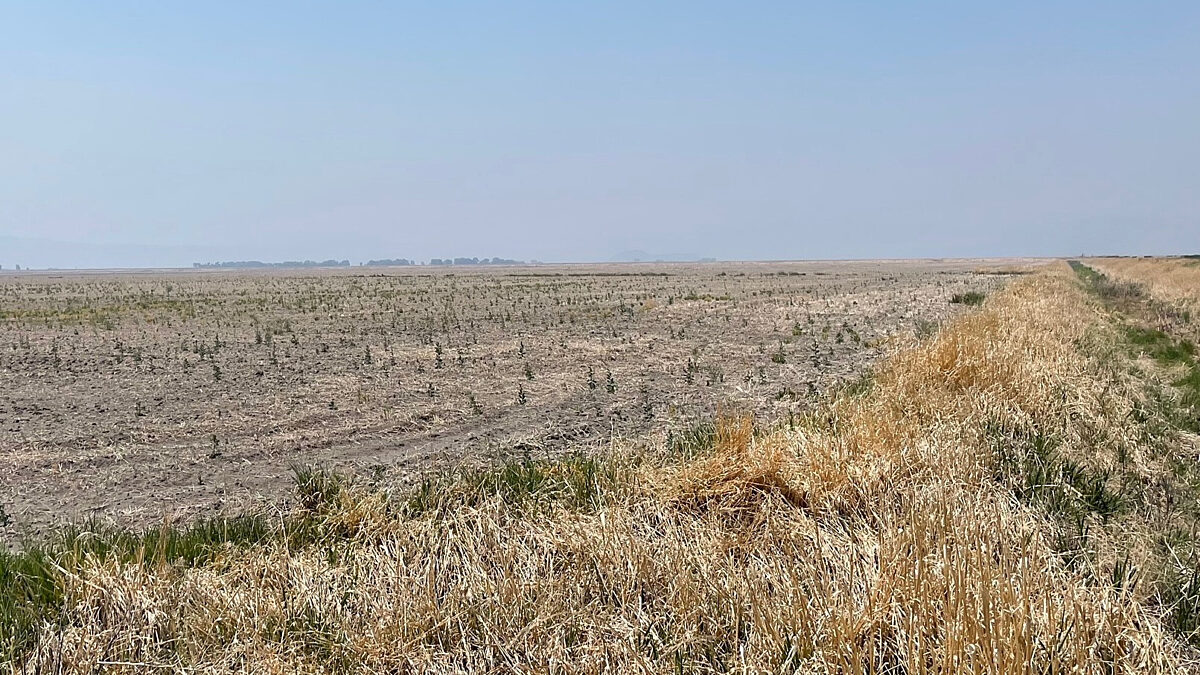Farmers, Ranchers Face Tough Decisions as Drought Continues
TOPICS
StillFarmingGuest Author
Special Contributor to FB.org

photo credit: Klamath-Lake County Farm Bureau, Used with Permission
Guest Author
Special Contributor to FB.org
By Daryl Lies
As fall weather approaches and county Farm Bureau annual meetings begin across the countryside, I am reminded of how unique North Dakota truly is. Just two years ago, our state was experiencing extreme amounts of rain that caused washed-out roads, inaccessible feedlots and unharvested crops. This year, crop yield numbers are low, with unharvested crops and bare pastures due to lack of moisture.
From the ancient lakebed flatlands in the east to the majestic badlands of the west, North Dakota scenery changes vastly. But this year the scenery seems to change in less than a couple miles. There are pockets that have had some relief and caught a rain shower or two, but even those pockets aren’t great. Most growers are still struggling with reduced crop production.
As farmers and ranchers, we constantly have difficult decisions to make. But one can’t really understand the extra stress involved in these decisions until you have loaded a significant part of your cow herd – that you have spent years and even decades breeding and improving genetics – onto a trailer to be sold because feed is not available for the cattle or is too expensive to buy.
There is no magic silver bullet in this case to make things better.
As livestock farmers and ranchers, caring for animals 365 days a year is not something we take lightly. We provide great care and respect for the animal so when it is harvested to provide a tremendous source of nutrition for our families and yours, we can say we did our best to make sure that animal had the best care and health leading up to fulfillment of its purpose. Farmers spend hours upon hours with their animals, making it more difficult to watch part of one’s livelihood and hard work prematurely go to market.
With the ever-changing circumstances and challenges facing agriculture it is important to have rules and regulations supporting farmers and ranchers. There is no one-size-fits-all solution. We don’t need to create more rules, we need to allow for flexibility in the system. For example, ranchers would have benefited from early opening of Conservation Reserve Program land to allow for timely hay harvesting this year, but that did not happen.
We need to be a support system for each other. We need to be there to listen and help where we can. There is no magic silver bullet in this case to make things better. It will require some tough decisions by many farmers and ranchers out there. I can only hope and pray for a wet winter and for a much greener 2022.
Daryl Lies is president of North Dakota Farm Bureau. He and his wife, Kim, raise hogs, sheep, and goats with an emphasis on show animals.